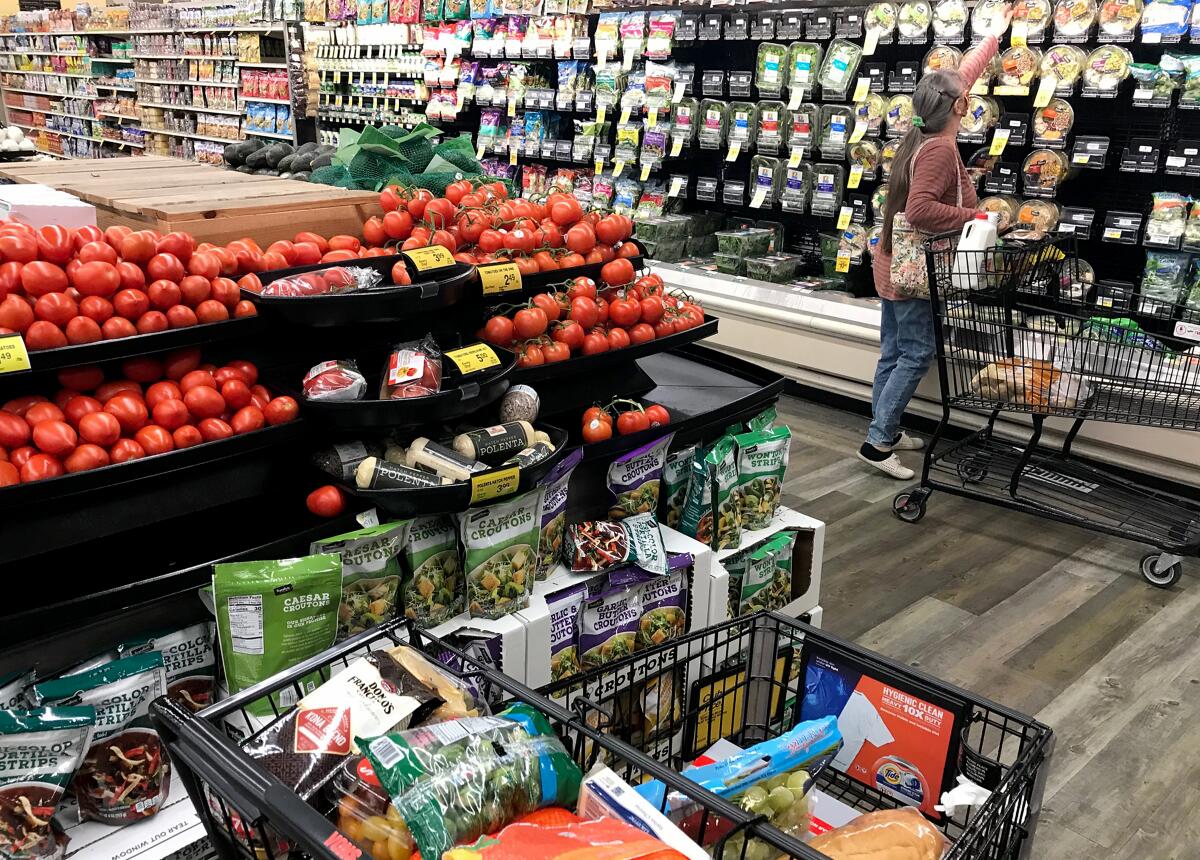Los Angeles, CA – With grocery prices up 25% from pre-pandemic levels, Los Angeles shoppers are feeling the squeeze. Gina Zakaria, a local mother and frugal living expert, shares her strategies for cutting costs at the grocery store despite rising prices. Here are some practical tips from experts on how to manage your grocery budget effectively.

Why Are Groceries So Expensive?
The COVID-19 pandemic disrupted supply chains and caused worker shortages, leading to increased costs. Additionally, global conflicts have affected the prices of key commodities like grain and gasoline.
Average Grocery Spending
Americans spend an average of $550 a month on groceries, but this can vary. Families with children, for example, spend 41% more than households without children.
Tips for Sticking to a Budget
- Check Your Pantry First: Use what you already have before buying more.
- Have a Game Plan: Plan your meals and make a shopping list to avoid impulse purchases.
- Shop Seasonal and In-Season: These items are usually cheaper and fresher.
- Bulk Buying: Consider buying non-perishables in bulk to save money.
Best Days to Shop
Most sales cycles start on Wednesdays and end on Tuesdays. Shopping mid-cycle can help avoid the rush.
Shopping Frequency
While some people can manage with bi-weekly or monthly trips, weekly shopping trips can help avoid overspending due to impulse buys.
Long-lasting Cheap Foods
Consider pantry staples like lentils, beans, rice, pasta, and canned foods. These are affordable and have a long shelf life.
Utilizing SNAP Benefits
For those who qualify, SNAP benefits can provide significant assistance. Eligibility typically requires an income at or below 130% of the federal poverty line.
By implementing these strategies, Los Angeles residents can better manage their grocery budgets and navigate the high cost of living.